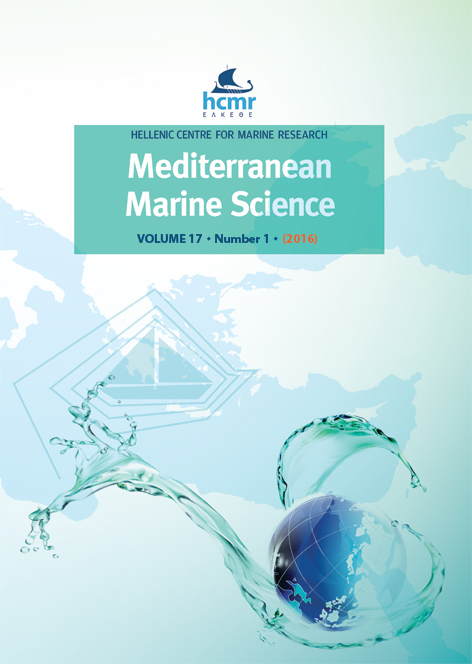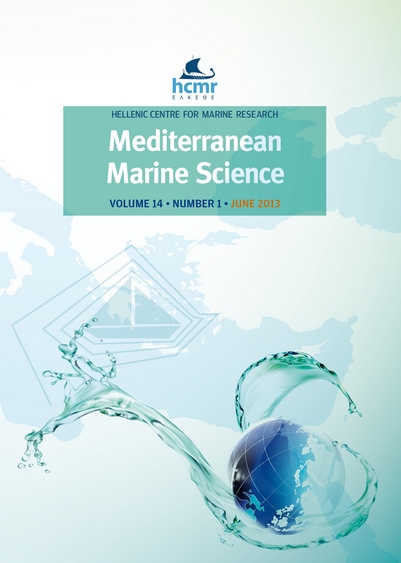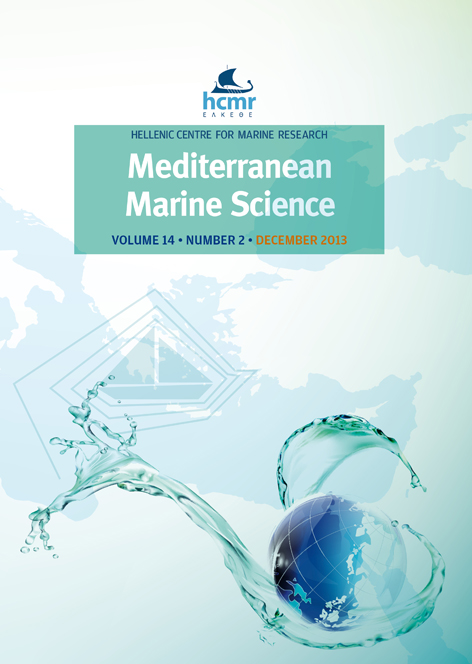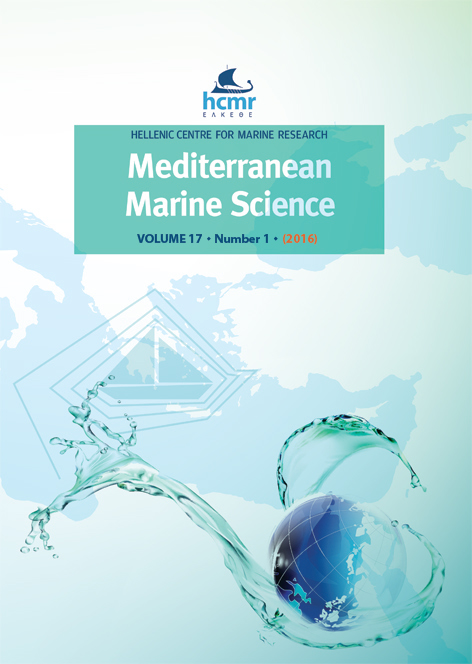Update of alien fauna and new records from Tunisian marine waters

Abstract
An updated inventory of alien marine fauna in coastal and offshore Tunisian waters is presented. Records were compiled from scientific and ‘grey’ publications, presentations at scientific meetings, theses presented in fulfillment of requirements towards MSc and PhD degrees, websites and personal observations. 136 alien species were recorded in Tunisian waters, 60 records in northern coasts, West Mediterranean and 76 in central and southern coasts, Central Mediterranean. Nearly half of the first sightings in Tunisian waters took place in the Gulf of Gabès. The dominant taxa are Crustancean (24%), Molluscs (23%), Fishes (19%) and Annelida (13%). Twenty one species previously reported as aliens, were upon consideration, reclassified as range-expanding Atlantic species. Amathia verticillata, previously considered native to the Mediterranean, is reclassified as pseudoindigenous. Twenty one alien species are newly recorded from Tunisia, including 5 fish species, 5 polychaetes, 4 crustaceans, 4 molluscs, and one each schyphozoan, bryozoan and tunicate. The findings of Gibberulus gibberulus albus, Morula aspera and Calcinus latens, three species new to the Mediterranean, and of Actaedoes tomentosus, reported for the second time in the basin, are described. Species were classified according to their establishment status and their origins. This contribution highlights the dual origin of biological invasion in Tunisian waters (Red Sea and Atlantic), with slightly more species of Red Sea and Indo-Pacific origin (61,76%). The impact of the alien species in Tunisian waters was discussed.
Article Details
- How to Cite
-
OUNIFI- BEN AMOR, K., RIFI Μ., GHANEM, R., DRAEIF, I., ZAOUALI, J., & BEN SOUISSI, J. (2015). Update of alien fauna and new records from Tunisian marine waters. Mediterranean Marine Science, 17(1), 124–143. https://doi.org/10.12681/mms.1371
- Issue
- Vol. 17 No. 1 (2016)
- Section
- Research Article
Authors who publish with this journal agree to the following terms:
- Authors retain copyright and grant the journal right of first publication with the work simultaneously licensed under a Creative Commons Attribution Non-Commercial License that allows others to share the work with an acknowledgement of the work's authorship and initial publication in this journal.
- Authors are able to enter into separate, additional contractual arrangements for the non-exclusive distribution of the journal's published version of the work (e.g. post it to an institutional repository or publish it in a book), with an acknowledgement of its initial publication in this journal.
- Authors are permitted and encouraged to post their work online (preferably in institutional repositories or on their website) prior to and during the submission process, as it can lead to productive exchanges, as well as earlier and greater citation of published work (See The Effect of Open Access).







